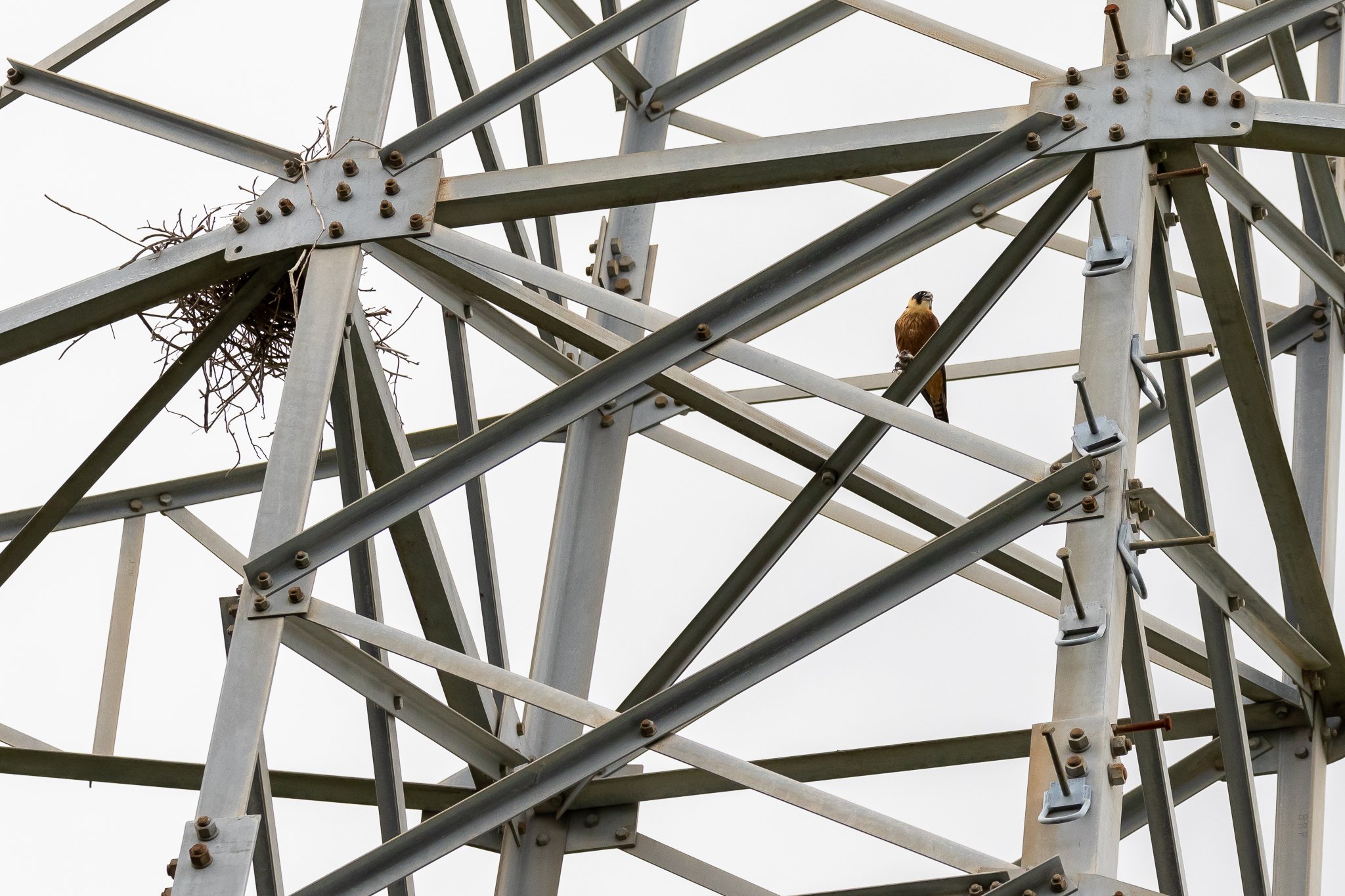D'Aguilar National Park protects 36,000 ha of the D’Aguilar Range’s vast bushland. It has sub-tropical rainforest and eucalypt woodlands set in a rugged backdrop of rivers and gorges. There is easy access from the city, especially to the Walkabout Creek Discovery Centre on the shores of the Enoggera Resevoir, a back up water supply for the city.
This Bush Stone-curlew was part of a family of three feeding in the car park at Bellbird Grove in D’Aguilar National Park.
Not far from the parklands of Bellbird Grove were a selection of bush birds, including this Lewin’s Honeyeater.
This Brown Thornbill was seen near to the Bellbird Grove carpark.
About a kilometer along the Araucaria Walk at Enoggera Resevoir, a large group of Bell Miners were calling.
In the same area there was a pair of Olive-backed Orioles and also Lewin’s Honeyeaters..
And this Noisy Friarbird was feeding nearby in a patch of Lantana.
There were several Eastern Yellow Robins feeding on the walking track at various stages along the Auracaria Trail.




















